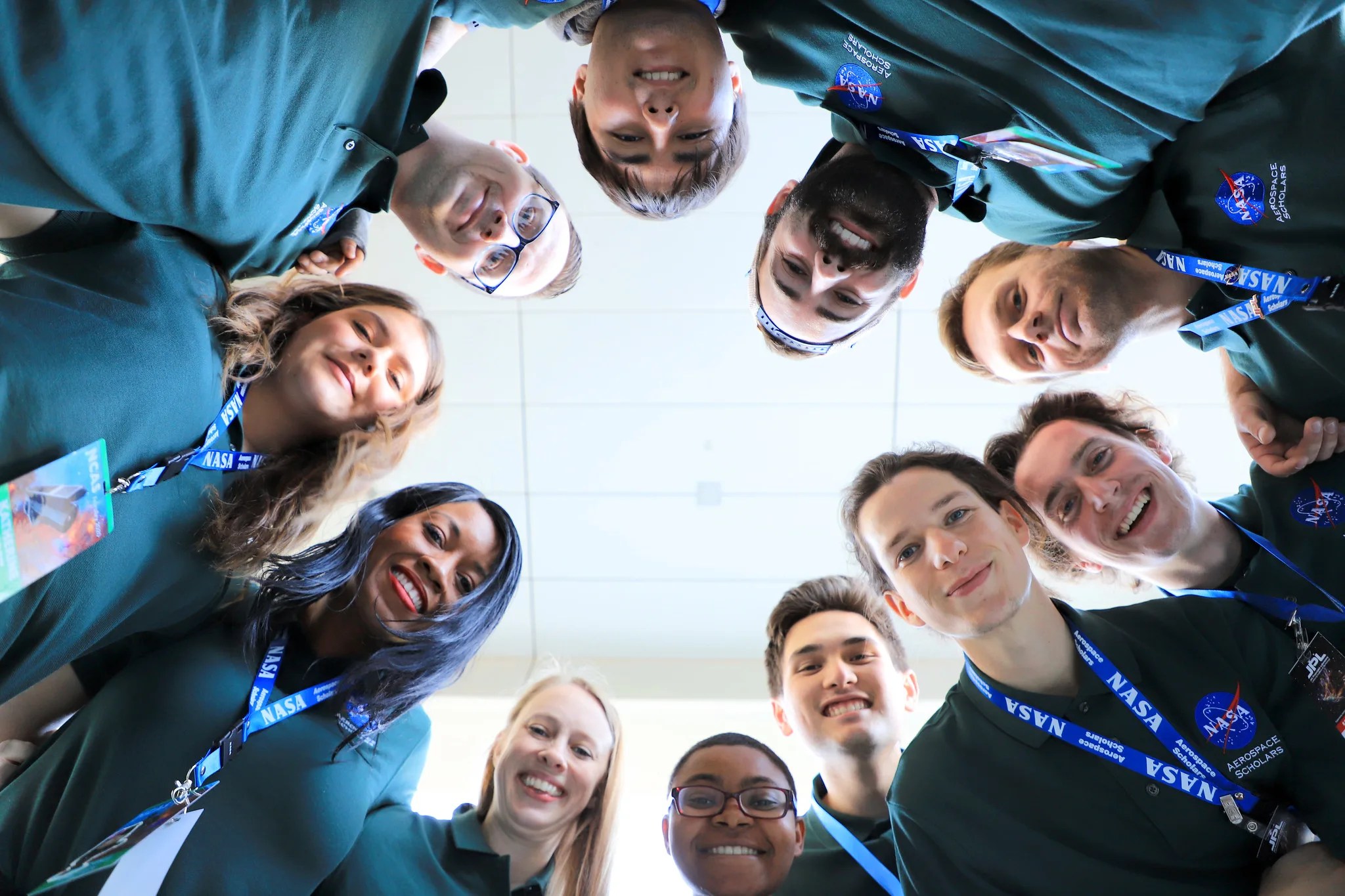Rotational Program for Scientists
Rotational Program Background, Description & Purpose
One of the recommendations coming out of the 2021 Science Workforce Study was the creation of a structured scientist rotational program to further enhance employee development. A cross-agency team was formed to research and develop a pilot program. In the fall of 2022, the Science Mission Directorate (SMD) implemented the pilot, as an agency-wide rotational program. The program identified science opportunities at several NASA Centers and Headquarters and invited applicants to apply for them. There were a mix of full-time, part-time, virtual and on-site opportunities. The length of the assignments varied between six months and one year. The pilot was limited to Civil Servant Scientists.
The pilot offering allowed the agency to test out the program concept, identify lessons learned, and determine its long-term viability. Unfortunately, with the low number of identified opportunities for the pilot, along with an insufficient number of applicants, SMD determined that maintaining a structured rotational program was not sustainable. Further, rotations across Centers presented several additional challenges. While the pilot concept did not prove to be feasible, SMD enthusiastically encourages rotational and detail opportunities at the local level.
Benefits of Rotations and Details
Temporary assignments can be extremely beneficial to the individuals who participate, their host organization, and their home organization.
Benefits for the Participant
Taking on a temporary assignment, especially a stretch assignment, is an opportunity to increase one’s skills, knowledge, and expertise, while being exposed to a new organization, new ways of doing business, and likely a different line of work. The experience can broaden one’s network and improve collaboration across organizations, establishing a base for continued future collaborations.
Benefits for the Host Organization
Hosting an employee from another Center provides many benefits:
- solve a temporary staffing shortage without a billet. A rotation or detailed employee could be the ideal solution for shorter-term, self-confined projects who lack personnel;
- provide expertise and fresh eyes added to a particular project or program. We all know that diversity and inclusion fuel innovation, and this applies also to diversity of ideas and backgrounds, such as offered by a temporary assignment;
- inspire additional collaboration opportunities. In an era of shrinking budgets, forging ties with another organization could leverage capabilities and provide savings;
- strengthen the relationship with another organization.
Perhaps the most important advantage is that cross-pollination of ideas and experiences is the catalyst for innovation. Having an “outsider” join for a limited period may revitalize the team, provide impetus for new approaches to old problems, and regenerate the corporate spirit.
Benefits for the Home Organization
Scientists on a temporary assignment can bring back new perspectives and new ways of conducting business which they have learned elsewhere, and ties with other teams which may generate new projects and programs. By allowing its scientists to broaden their exposure and experience, the home organization may:
- expand their own capabilities, seeding future career growth;
- further strengthen their succession posture for future leadership roles by allowing their employees to have greater depth and diversity of experience;
- be inspired to increase their collaboration opportunities;
- acquire an experienced individual ready for the next step in their career.































